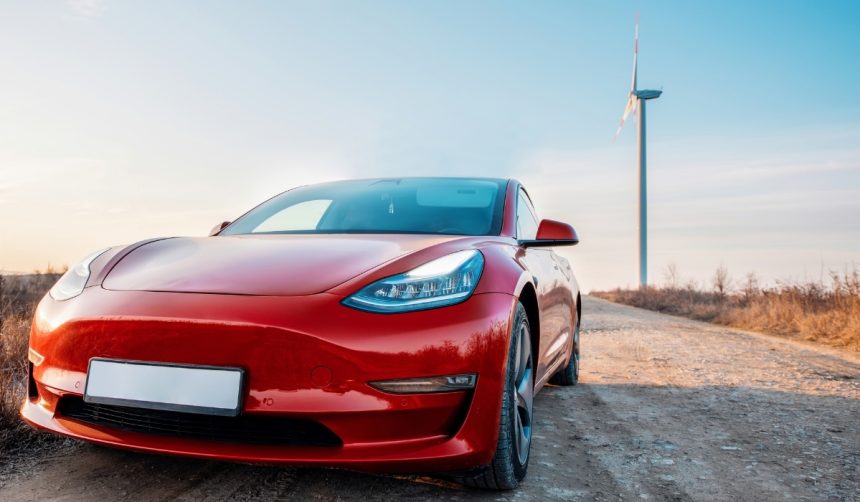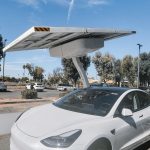Tesla‘s upcoming third-quarter delivery report has drawn renewed attention from investors and analysts, with speculation intensifying about whether the electric carmaker can sustain its sales momentum. In anticipation of these results, industry forecasts are shifting, as seen in a significant revision by a leading Wall Street firm. Recent moves point to a dynamic market and high consumer activity, especially as customers seek to benefit from incentives that may soon lapse. Operations for flagship models like the Model Y, and recent policy changes, have heightened focus on what Tesla is able to deliver this quarter, both literally and figuratively.
Forecasts about Tesla deliveries have often seen fluctuations due to production challenges and evolving demand trends. Previously, estimates for quarterly deliveries hovered around 430,000 units, with many analysts expressing caution amid concerns over supply chain bottlenecks and market saturation. However, major incentives, including the U.S. $7,500 EV tax credit extension, have temporarily boosted demand and subsequently affected short-term projections upward. Model Y refreshes and Tesla’s persistent push for end-of-quarter results have also contributed to stronger outlooks compared to earlier in the year. Such developments suggest delivery numbers may continue to surprise watchers as market and policy factors converge.
Wall Street Responds with Upgraded Projections
UBS, a prominent investment firm, has raised its forecast for Tesla’s third-quarter deliveries from 431,000 units to 475,000, reflecting reassessments based on recent market conditions and consumer behavior. UBS analysts remarked that this new estimate is in line with prevailing market expectations, now set within the 470,000 to 475,000 range. The adjustment primarily credits heightened consumer response to the expiring $7,500 federal tax credit, which has prompted many buyers to accelerate purchases before policy changes take effect.
What Drives the Surge in Demand?
The introduction of a revamped Tesla Model Y and the scheduled conclusion of major EV incentives have significantly contributed to current demand levels. The Model Y has retained its position as a high-volume seller internationally, while the looming end to the tax credit has guided consumers to expedite their buying decisions. UBS noted,
“[The company should have] strong deliveries in the US as Tesla pushes, and consumers take advantage of, the $7,500 IRA EV tax credit before its expiry at the end of September 2025.”
This timing has enabled Tesla to benefit from a surge in orders not regularly seen in previous quarters.
Can Tesla Match or Exceed Previous Highs?
UBS analysts believe that if Tesla achieves the forecasted 475,000 deliveries, it will be among the busiest quarters in the company’s history, potentially closing in on late 2024’s record of over 495,000 units but not surpassing it. The company’s outlook for annual deliveries now stands at 1.62 million cars for 2025. UBS added,
“The target aligns more with current buyside expectations and reflects unique short-term demand drivers.”
Given these goals, Tesla’s performance this quarter will likely shape both investor sentiment and strategic decisions for the remainder of the year.
Tesla’s situation illustrates how policy changes and refreshed models can rapidly alter market forecasts, especially in the EV industry. Buyers concerned about changes to government incentives may continue to modify their purchasing timing, making predictions challenging. Those watching the company and the broader industry should closely monitor such external factors, as they may significantly impact delivery numbers in subsequent quarters. For consumers considering an electric vehicle, understanding tax incentive timelines and model updates could provide cost advantages and inform optimal purchase periods.
- Tesla’s Q3 delivery forecast increased to 475,000 units by UBS.
- Expiring US EV tax credits contributed to higher consumer demand.
- Model Y refresh and incentives drove Tesla’s sales outlook higher.










